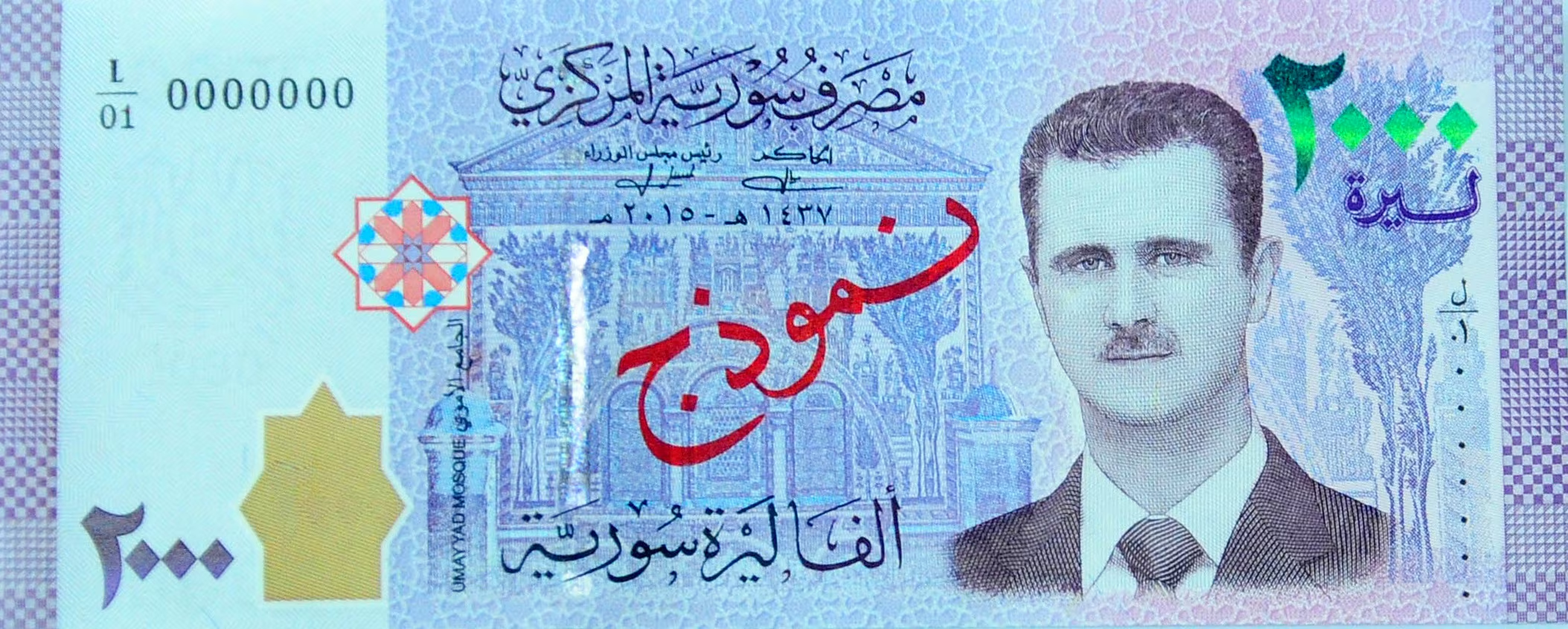The Syrian pound, long battered by years of economic turmoil and conflict, has displayed an unexpected resilience against the US dollar following reports of President Bashar al-Assad’s departure from office.
This development, set against the backdrop of a 13-year civil war and ongoing economic sanctions, has brought cautious optimism to a nation yearning for stability. The strengthening of the currency and its implications provide insights into Syria’s evolving political and economic landscape.
A Remarkable Shift in the Exchange Market
In a surprising turn of events, the Syrian pound gained strength against the US dollar, improving by at least 20 percent within two days of Assad’s reported ousting. Previously trading at record lows of around 15,000 pounds per dollar, the currency experienced a significant rebound, with exchange rates fluctuating between 12,500 and 10,000 pounds per dollar.
Currency traders in Damascus, often considered more attuned to the real economy than official banking systems, attributed this surge to two primary factors: the influx of Syrian refugees returning from neighboring countries and the removal of restrictions on foreign currency trade.
Read : Thousands of Syrians Celebrates Fall of Assad In Damascus: Watch
The mass return of refugees from Lebanon and Jordan following Assad’s exit marks a potential turning point for Syria’s socio-economic conditions. With many of these returnees bringing foreign currencies such as US dollars and Turkish lira, the informal markets have witnessed increased liquidity, fostering a temporary stabilization of the Syrian pound.
Read : Breaking the Bank: Exploring the Top 10 Strongest Currencies in 2024
“This is the first time in years we’ve seen the pound strengthen against the dollar,” remarked Ahmed al-Najjar, a currency dealer in Damascus. The open use of foreign currencies in local markets has provided some much-needed breathing room for the economy, but it remains to be seen whether this newfound stability can be sustained in the long term.
Political Change and Its Economic Impact
Bashar al-Assad’s departure, reportedly after months of mounting dissent and international pressure, has introduced an air of cautious optimism in Syria.
Political upheaval often disrupts fragile economies, yet this leadership transition appears to have had the opposite effect. Market confidence seems to be growing, with hopes for a more open and stable economic direction under potential new leadership.

Observers and analysts, however, are divided on the implications of this political shift. While some believe that Assad’s removal signals a positive step toward rebuilding Syria, others caution that the transition’s success depends on various factors, including the establishment of effective governance and the lifting of international sanctions.
Syria’s economy has been in shambles for over a decade, plagued by inflation, unemployment, and dwindling foreign reserves. The financial strain has left basic goods unaffordable for much of the population. Despite this grim backdrop, the Syrian pound’s recent firmness against the dollar could indicate renewed hope for economic recovery.
Economist Rana Shami emphasizes that a leadership change alone will not resolve Syria’s deep-seated issues. “What’s needed is a comprehensive rebuilding plan, removal of sanctions, and investment in infrastructure. Without these measures, the pound’s current stability may prove to be fleeting.”
Challenges and the Path Forward
Although the recent currency developments provide a glimmer of hope, Syria faces significant hurdles on its path to recovery. The prolonged civil war has devastated infrastructure, displaced millions, and left large portions of the country in ruins.
The economic sanctions imposed by the international community further complicate the situation, limiting access to essential resources and foreign investment.
For Syria to achieve meaningful recovery, it will require a multifaceted approach. Key priorities include rebuilding critical infrastructure, restoring public services, and creating an environment conducive to domestic and foreign investment. The involvement of international organizations and regional allies will be crucial in facilitating this process.

On the ground, Syrians are grappling with mixed emotions. In Damascus, some residents are optimistic, hoping for a brighter future under new leadership. Others remain skeptical, fearing that the country could face prolonged instability as factions vie for control in a post-Assad era.
“We’ve seen leaders come and go in the region, and it’s always the people who suffer the most,” said Samira, a shopkeeper in the Old City of Damascus. Her sentiments reflect a broader uncertainty about whether this moment of change will translate into real improvements for ordinary Syrians.
The international community has yet to formally respond to the leadership transition, but developments in Syria are being closely monitored. Regional powers, in particular, will play a pivotal role in shaping the country’s future. The stakes are high not only for Syria but also for the broader Middle East, as stability in Damascus could have ripple effects across the region.
The coming weeks and months will reveal whether the Syrian pound’s current stability is a temporary reprieve or the beginning of a sustained recovery. For now, Syrians are cautiously watching and hoping that this moment of change marks the start of a better future.
let’s enjoy few years on earth with peace and happiness….✍🏼🙏

